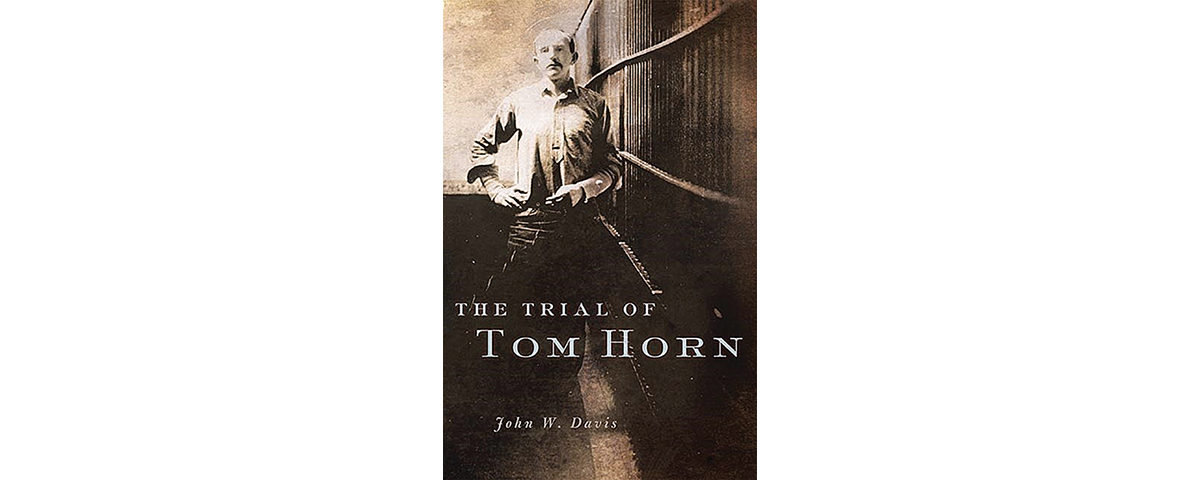The Trial of Tom Horn, by John W. Davis, University of Oklahoma Press, Norman, 2016, $29.95
Tom Horn remains the most notorious of the late-19th-century Western range detectives—gunmen hired by large cattle operations to prowl the open range for rustlers. In the absence of formal law and order such men were granted considerable leeway and might mete out summary justice from the barrel of a rifle. On July 18, 1901, in southeast Wyoming a sniper in hiding shot down Willie Nickell, the 14-year-old son of a contentious local sheep rancher. There were no witnesses. It was thought the assassin had mistaken Willie for his father, and initial suspicion fell on a hostile family of neighboring cattle ranchers. But in the wake of a disputed confession to Deputy U.S. Marshal Joe LeFors, Horn was tried, convicted of first-degree murder and, on Nov. 20, 1903, hanged for the crime. Debate has raged ever since about whether Horn in fact pulled the trigger. With this intensive study Wyoming native, author and attorney John Davis aims to end the debate.
Davis has written four books about law and order (or the absence thereof) in early Wyoming, centered largely on the range wars—between existing large cattle operations and incoming homesteaders and smaller ranchers—that rocked the state in the late 19th and early 20th centuries. A turning point in the struggle to end vigilantism in the region, Horn’s case has long interested Davis, who pored over transcripts of the initial coroner’s inquest and subsequent trial, as well as coverage in the partisan newspapers of that era. He also consulted with Horn biographers Chip Carlson and Larry Ball, each of whom differ somewhat with Davis and one another as to whether Horn killed Willie Nickell. Carlson (author of Tom Horn: Blood on the Moon) remains convinced of Horn’s innocence in that particular killing, while Ball (author of Tom Horn in Life and Legend) leans toward Horn’s guilt but encourages readers to learn all they can and decide for themselves.
Davis seems more certain, though he too stops short of outright conviction. “It is undeniable that Horn’s death came about because of Willie Nickell’s death,” is about as close as he comes. But he does present a compelling argument, outlining the case from the ambush killing through the coroner’s inquest, Horn’s arrest, the trial and conviction, Horn’s failed escape, a denied appeal to the Wyoming Supreme Court for a new trial, an unheard appeal for clemency from the governor and the hanging itself, which Davis concedes Horn met with “poise and courage.” Readers are left with the profile of a man who, while idolized by many contemporaries, was undeniably a braggart, a sociopath and, by his own admission, an experienced killer of men. “Tom Horn was not a hero,” Davis concludes. “He had some interesting and appealing features to his character, but his one overriding deficiency was a big hole in the center of his soul, the inability to feel and understand the suffering of another human being.”
For what it’s worth, in 1993 Tom Horn buffs held a mock trial in Cheyenne, presided over by retired Wyoming Supreme Court Justice C. Stuart Brown. The jury’s verdict? Not guilty, primarily because there were no eyewitnesses, much of the evidence was circumstantial, and the judge ruled Horn’s wheedled confession to LeFors inadmissible. But the Wyoming governor at the time refused to consider a posthumous pardon for Horn. And so the debate is likely to continue.
—Dave Lauterborn





